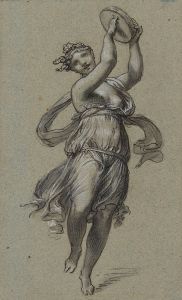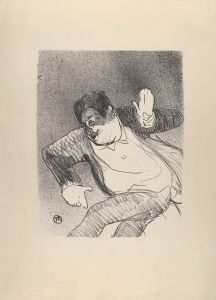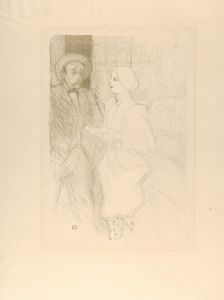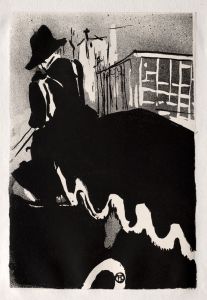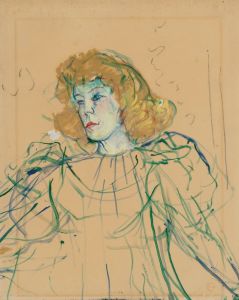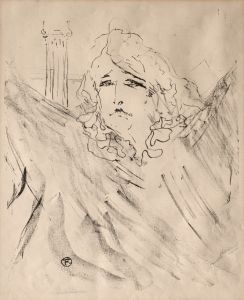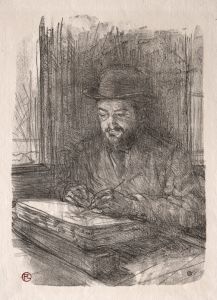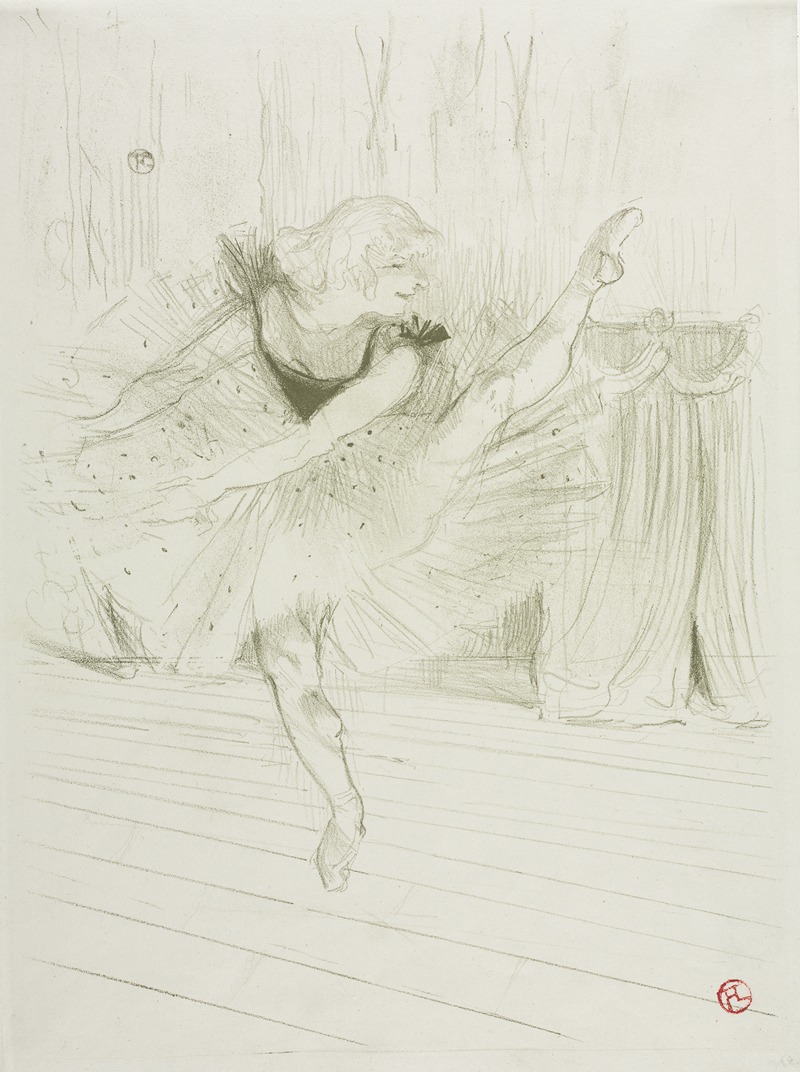
Miss Ida Heath, English Dancer
A hand-painted replica of Henri de Toulouse-Lautrec’s masterpiece Miss Ida Heath, English Dancer, meticulously crafted by professional artists to capture the true essence of the original. Each piece is created with museum-quality canvas and rare mineral pigments, carefully painted by experienced artists with delicate brushstrokes and rich, layered colors to perfectly recreate the texture of the original artwork. Unlike machine-printed reproductions, this hand-painted version brings the painting to life, infused with the artist’s emotions and skill in every stroke. Whether for personal collection or home decoration, it instantly elevates the artistic atmosphere of any space.
Henri de Toulouse-Lautrec, a prominent French painter and illustrator, is renowned for his depictions of Parisian nightlife in the late 19th century. Among his numerous works, "Miss Ida Heath, English Dancer" stands out as a significant portrayal of a performer from the vibrant entertainment scene of the time. Toulouse-Lautrec's art often captured the essence of the performers and the lively atmosphere of the venues they graced, and this painting is no exception.
Ida Heath was an English dancer who gained recognition in the Parisian entertainment circuit during the late 1800s. The painting of Miss Ida Heath by Toulouse-Lautrec is a testament to his fascination with the performers of the era, particularly those who were part of the cabaret and dance hall culture. Toulouse-Lautrec's interest in such subjects was not merely artistic; he was deeply embedded in the bohemian lifestyle of Montmartre, where he mingled with artists, writers, and performers.
The painting itself is characterized by Toulouse-Lautrec's distinctive style, which often included bold outlines, dynamic compositions, and a keen eye for capturing movement and expression. In "Miss Ida Heath, English Dancer," Toulouse-Lautrec employs these techniques to convey the energy and charisma of the dancer. The use of color and line work in the painting highlights the fluidity of Heath's movements, a hallmark of Toulouse-Lautrec's ability to depict dance and performance.
Toulouse-Lautrec's works are notable for their candid and sometimes unglamorous portrayal of their subjects, offering a glimpse into the realities of the performers' lives. His paintings and lithographs often eschewed idealization, instead opting for a more realistic and sometimes raw depiction. This approach is evident in his portrayal of Ida Heath, where the focus is on her presence and the vibrancy of her performance rather than an idealized image.
The painting of Miss Ida Heath is part of a broader body of work by Toulouse-Lautrec that documents the entertainment world of Paris during the Belle Époque. This period was marked by a flourishing of the arts and culture, with Paris at its epicenter. Toulouse-Lautrec's art provides valuable insights into this era, capturing the spirit and diversity of the performers who defined it.
Toulouse-Lautrec's relationship with his subjects was often personal, and he developed friendships with many of the performers he painted. This connection allowed him to portray them with a sense of intimacy and understanding that is evident in his work. While specific details about Ida Heath's life and career may not be extensively documented, her inclusion in Toulouse-Lautrec's oeuvre signifies her role in the vibrant cultural tapestry of the time.
Today, "Miss Ida Heath, English Dancer" is appreciated not only for its artistic merit but also for its historical significance. It serves as a window into a bygone era, offering contemporary audiences a glimpse of the performers who captivated Parisian audiences over a century ago. Toulouse-Lautrec's work continues to be celebrated for its unique style and its ability to capture the essence of a dynamic and transformative period in art and entertainment history.





